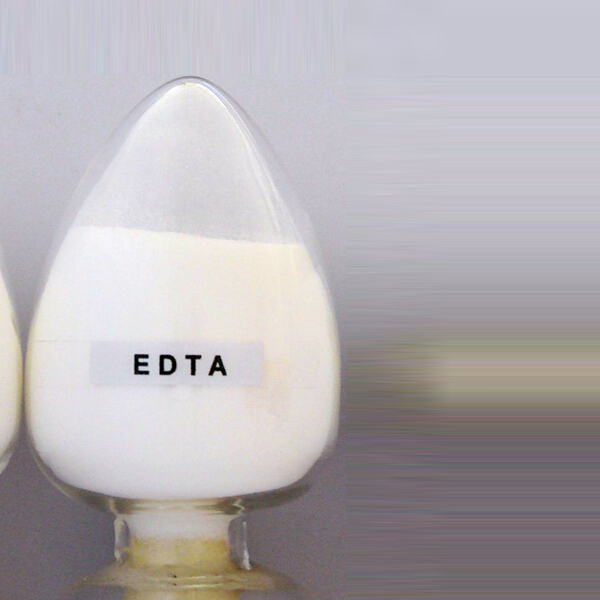
News
nóv . 10, 2024 08:12 Back to list
Exploring NTA Chelators and Their Applications in Molecular Biology and Chemistry
The Role of NTA Chelators in Environmental and Pharmaceutical Applications
NTA, or nitrilotriacetic acid, is a chelating agent widely used in various industrial and pharmaceutical applications due to its ability to form stable complexes with metal ions. This unique property makes NTA an essential compound for a range of sectors, including environmental remediation, agriculture, and drug formulation. Chelation, the process of binding metal ions to form a stable complex, plays a crucial role in enhancing the solubility of metals and controlling their reactivity, which is vital in different chemical processes.
The Chemistry of NTA
NTA is a tridentate ligand, meaning it can bind to metal ions through three coordination sites. Its chemical structure features three carboxylic acid groups that are capable of donating electrons, allowing it to effectively interact with various transition metals such as calcium, magnesium, manganese, and zinc. When NTA complexes with these metals, it forms a stable, water-soluble compound that prevents precipitation and enhances bioavailability. This ability to stabilize metals makes NTA an invaluable asset in numerous applications, particularly in scenarios where metal ions are involved in complex chemical reactions.
Environmental Applications
One of the significant applications of NTA chelators is in the field of environmental remediation. Contaminated sites often contain toxic heavy metals that can pose serious health risks to ecosystems and human populations. NTA can effectively solubilize these metals, making them easier to detoxify and remove from the environment. For instance, in soil washing processes, NTA is used to extract lead, cadmium, and other heavy metals from contaminated soils, reducing their bioavailability and toxicity.
Moreover, NTA is also utilized in wastewater treatment facilities to control metal ion concentrations. By forming stable complexes with heavy metals, NTA helps to prevent the precipitation of metal oxides, allowing for their removal through filtration or sedimentation processes. This chelation approach not only aids in cleaning up polluted water but also ensures safe disposal of the treated effluent.
Agricultural Uses
nta chelator

In agriculture, NTA is employed as a micronutrient chelator to enhance the availability of essential metal ions to plants. Many crops require trace amounts of metals such as zinc, iron, and manganese for optimal growth, but these nutrients are often present in forms that are not easily accessible to plants. By forming chelates with these nutrients, NTA significantly improves their solubility and bioavailability in the soil, promoting better nutrient uptake by plants and enhancing agricultural productivity.
The application of NTA in fertilizers also helps to minimize metal toxicity and promotes soil health. By regulating the release of metal ions, NTA prevents nutrient imbalances and reduces the risk of adverse environmental impacts associated with excessive metal buildup in agricultural systems.
Pharmaceutical Applications
In the pharmaceutical industry, NTA chelators have gained attention for their role in drug formulation and delivery systems. Certain metal ions are crucial for the activity of numerous enzymes and biological processes; therefore, controlling their concentrations is necessary for therapeutic efficacy. NTA can selectively sequester metal ions to enhance drug stability and delivery, minimizing their potential for toxicity.
Additionally, NTA is investigated for its potential use in medical diagnostics. Its ability to bind metal ions can be utilized in imaging techniques and as a contrast agent. By chelating radiolabeled metal ions, NTA can enhance the visibility of specific tissues or organs during medical imaging procedures, contributing to better diagnostic accuracy.
Conclusion
NTA chelators are versatile compounds that play an essential role in various fields, from environmental science to pharmaceuticals. Their ability to form stable metal complexes makes them invaluable for enhancing the solubility of essential nutrients, remediating contaminated sites, and improving drug formulation. As research continues to expand the understanding of chelation chemistry, the applications of NTA and similar chelators will likely continue to grow, offering innovative solutions to pressing environmental and health-related challenges. The future of NTA chelators is promising, with potential advancements that could revolutionize how we manage metal ions in both ecology and medicine.
-
Polyaspartic Acid Salts in Agricultural Fertilizers: A Sustainable Solution
NewsJul.21,2025
-
OEM Chelating Agent Preservative Supplier & Manufacturer High-Quality Customized Solutions
NewsJul.08,2025
-
OEM Potassium Chelating Agent Manufacturer - Custom Potassium Oxalate & Citrate Solutions
NewsJul.08,2025
-
OEM Pentasodium DTPA Chelating Agent Supplier & Manufacturer High Purity & Cost-Effective Solutions
NewsJul.08,2025
-
High-Efficiency Chelated Trace Elements Fertilizer Bulk Supplier & Manufacturer Quotes
NewsJul.07,2025
-
High Quality K Formation for a Chelating Agent – Reliable Manufacturer & Supplier
NewsJul.07,2025
